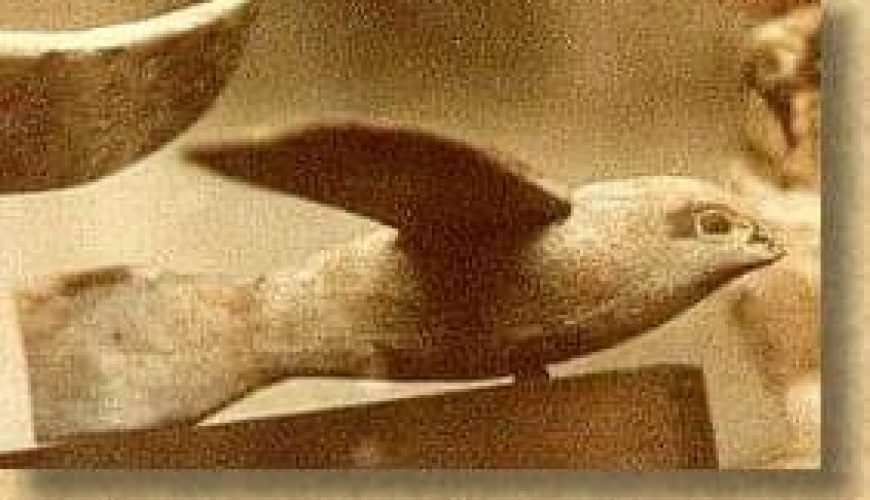The Excavations in 1898 in the tomb of Ba-de-Emen in the Saqqara region in Egypt revealed the Saqqara bird, which is a carved piece of bird-shaped and made of plane wood (sycamore) weighing less than 40 grams and the length of the wings is more than 7 inches (17.7 centimetres). It dates back to about 200 BC, and due to the lack of information and documents related to the aforementioned piece, speculations have been developed about it. This piece proved that the ancient Egyptians were aware of the principles of aeronautics, but would that piece be a game in which a child plays? Or does it serve as a kind of ritual? Regardless of its use, the shape of the piece has several actual advantages for birds. That piece with its vertical tail represents an aircraft, glider or unknown bird, and tests were conducted on a model with the same shape as the piece and proved that it is a flyable shape in the aerodynamic chamber test. Scientists have concluded that the piece cannot represent an actual plane due to the lack of Engine technology at that time, so it likely represents a glider.


Comment (0)